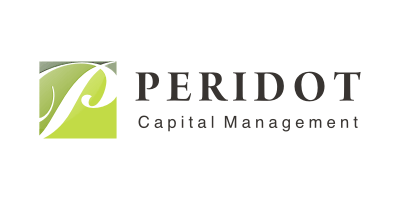Following up on my August 5th post about a handful of SPACs, we recently heard that RedBall Acquisition Corp (RBAC) has agreed to acquire live event ticketing platform SeatGeek in a deal expected to close during Q1 of next year. There was much speculation that RBAC would wind up buying a professional sports franchise (and supposedly they did have discussions with the Boston Red Sox at one point), but I actually prefer a deal like this to one where the market would likely yawn unless an elite team was involved.
SeatGeek is one of a few next generation online ticketing platforms that not only aims to simplify the overall live event ticketing experience, but also use a mobile platform to integrate other features into the customer interaction. Reselling tickets you can no longer use and ordering concessions at your seat being two of many they are working on.
As with many SPACs this deal is full of lofty projections about revenue growth and underlying profitability in the out years. I am not going to claim their figures are easily attainable and would definitely take them with a grain of salt, but even if we discount them a fair bit, the deal does not look too expensive.
At a $10 share price, the SPAC holders will own just south of 30% of SeatGeek at closing, with an overall equity value of ~$2 billion. Given we are dealing with a software-based platform company with high gross margins, the overall price to sales ratio of 5.8x seems fair (2022 revenue projections are $345 million - this number seems plausible given we are almost into next year already… whereas the out years are likely more aggressive and uncertain).
That said, the deal is not without plenty of risk. SeatGeek is not profitable and doesn’t expect to be until 2024 at the earliest as they rapidly invest in the platform. If we assume their 2025 revenue projection of $1.2 billion is the most bullish scenario (not base line), then the stock looks cheap, but I think a lot needs to go right for them to be able to grow that quickly. Still, even at half that sales level ($600 million), a $2 billion equity value isn’t a stretch in my view.
I also like that sports people are buying this company, as they likely will be better in tune with the desires of customers than any run of the mill Silicon Valley-based software company.
RBAC stock has gone from $9.75 to the $9.90-$9.95 range on the deal announcement, so cash-alternative investors have made their money and have another few cents of risk-free upside if they choose to redeem. While I haven’t decided yet, I think I am leaning toward keeping shares in SeatGeek and seeing how the company’s growth plays out. It won’t be a large holding by any means, but there is plenty of long-term potential and I like the people behind the partnership.
Full Disclosure: Long shares of RBAC at the time of writing, but positions may change at any time



